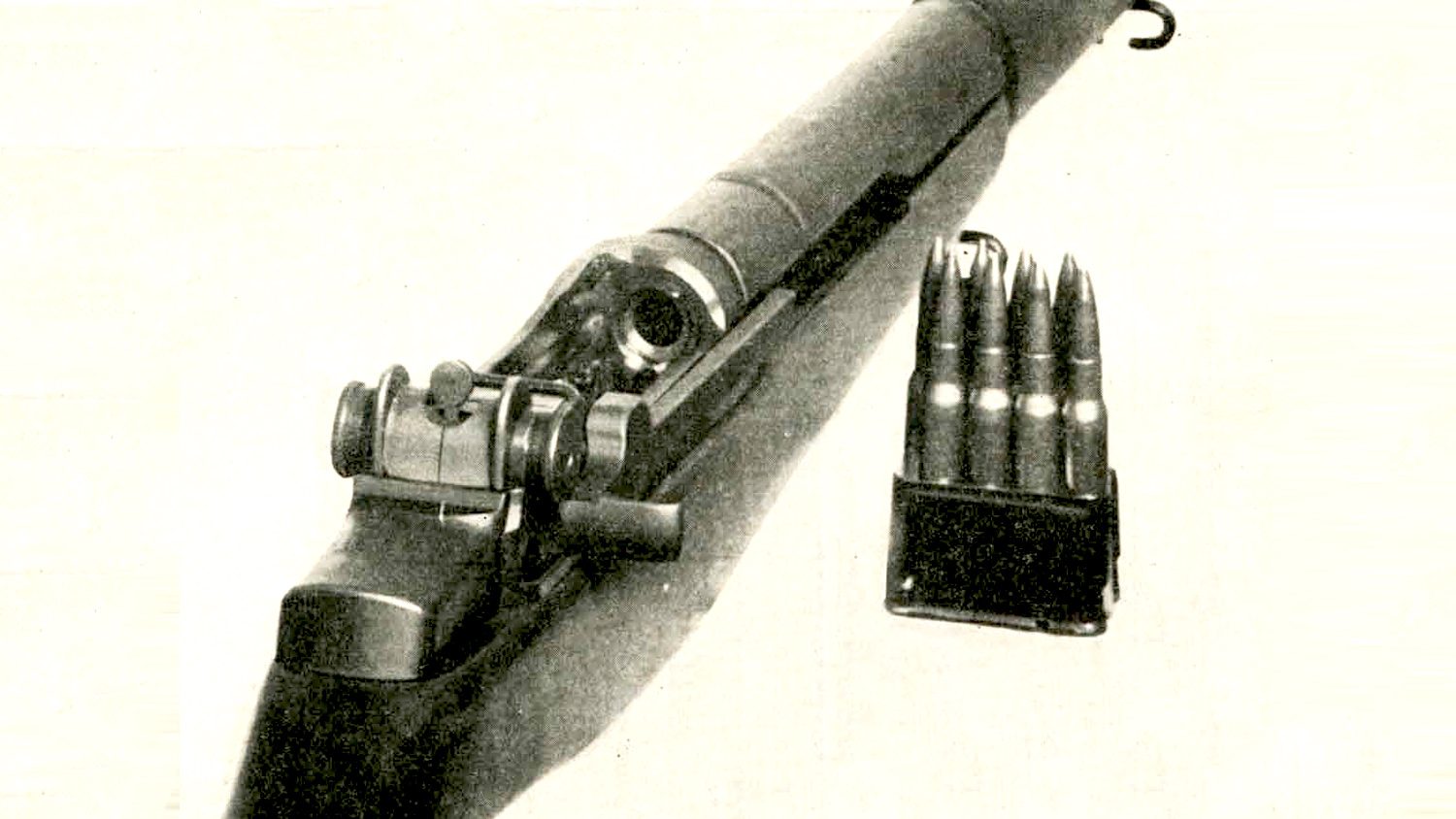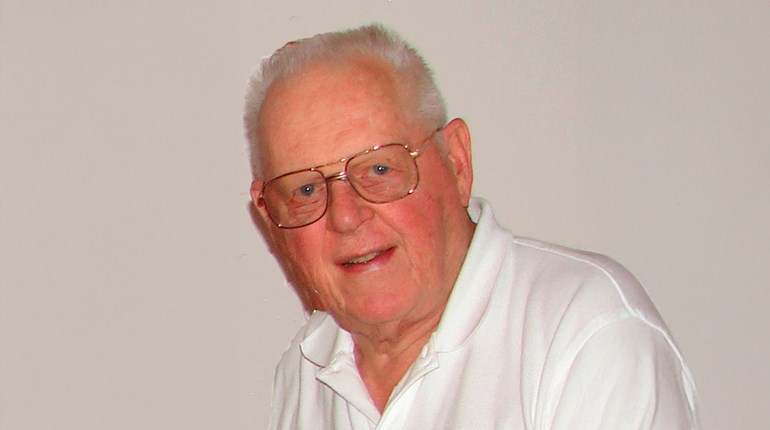
National Match competition has incorporated each new service arm, from the Krag to the M16, as it has been adopted by the military. Without exception, each new rifle has been greeted with greater or lesser skepticism by enthusiastic users of the previous arm.
In 1939, the Army sent its then-new M1 rifle to Camp Perry, OH, for demonstration. At the time, the M1 was controversial. Early rifles were fraught with mechanical bugs, the most frustrating of which was the "seventh round jam."
The M1 rifle and its two-column ammunition clip had been designed to work regardless of which side of the clip held the top cartridge. In practice, though, if the top round was on the right, the seventh round would jam. To ensure that the rifles sent to Perry worked properly, Springfield Armory fabricated a supply of modified magazine parts that would accept only a clip with the top round on the left and installed them in the rifles sent for demonstration. Every clip of ammunition sent for M1 rifle use was examined to ensure that the top round was inserted on the left. When needed, clips were reloaded. The 1939 demonstration went off without a hitch. By 1940, the problem had been solved.
At the 1940 National Matches, the M1 was formally introduced to the competitive shooting world. There civilians could draw an M1 from the supply depot, learn about it in the Small Arms Firing School, and then fire the gun in competition. Four matches were fired with the M1 that year. One team and three individual competitions were held, using the sitting, prone or standing positions. Civilians took two of the individual matches and the U.S. Marine Corps Reserve Team won the 10-person team match. Confidence in the new rifle was firmly established.
Read more stories about the history of the National Matches
In 1939, the Army sent its then-new M1 rifle to Camp Perry, OH, for demonstration. At the time, the M1 was controversial. Early rifles were fraught with mechanical bugs, the most frustrating of which was the "seventh round jam."
The M1 rifle and its two-column ammunition clip had been designed to work regardless of which side of the clip held the top cartridge. In practice, though, if the top round was on the right, the seventh round would jam. To ensure that the rifles sent to Perry worked properly, Springfield Armory fabricated a supply of modified magazine parts that would accept only a clip with the top round on the left and installed them in the rifles sent for demonstration. Every clip of ammunition sent for M1 rifle use was examined to ensure that the top round was inserted on the left. When needed, clips were reloaded. The 1939 demonstration went off without a hitch. By 1940, the problem had been solved.
At the 1940 National Matches, the M1 was formally introduced to the competitive shooting world. There civilians could draw an M1 from the supply depot, learn about it in the Small Arms Firing School, and then fire the gun in competition. Four matches were fired with the M1 that year. One team and three individual competitions were held, using the sitting, prone or standing positions. Civilians took two of the individual matches and the U.S. Marine Corps Reserve Team won the 10-person team match. Confidence in the new rifle was firmly established.
Read more stories about the history of the National Matches

































